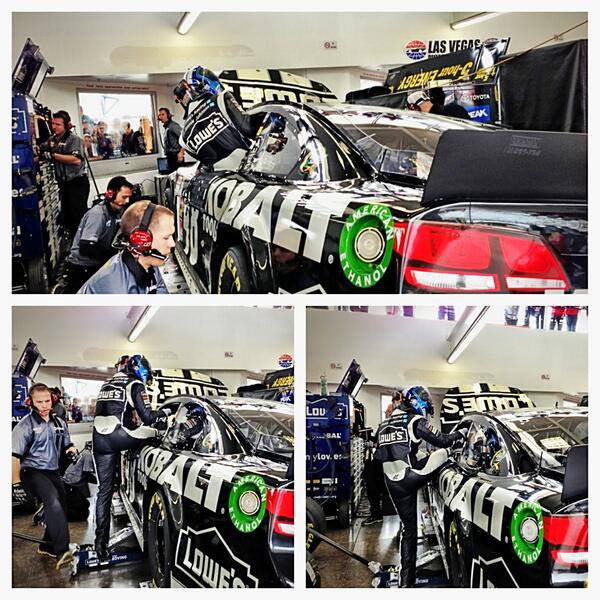

Once the paint's applied, the car dries before receiving its clear coat, which acts as the final barrier between the slick paint job and the harsh elements of the world.įor a more in depth look at the clear coating, head over the next page. The goal is that the car has a good "pop"- a visual look that makes it stand out from others and says something about the team and its sponsors. Labor intensive and complex, depending on the colors used, this process can run up to $15,000. Then, the color is applied in a color booth. When a design is agreed upon, the car is sprayed with a final base, usually an acrylic urethane and is ready for the paint. To make sure this all happens, a designer draws up a specific plan encompassing the different elements. The colors also have to match the driver's fire suit and all of the merchandise associated with the team. The sponsors love it - score a win, and your name is all over the news - and the fans identify with it.įor others, like Nextel Cup pros, a car has to do more than look good from a distance. But NASCAR cars take color a little bit further than your own Chevy, using the color schemes, logos and decals of their sponsors as a way to brighten the landscape and advertise their partners' business. People like certain colors and enjoy being able to display their preference. In this article, we'll cover the basics of painting a stock car.įrom the basic black of the Model- T to the brown and orange of the Home Depot runner, cars of all purposes have always had some sort of paint job.

Long gone is the day of slapping some paint on an old Taurus and calling it good. To them, race day has been months in the making, with their cars being built from the floor up in shops specially made for the purpose. Some fans wait all year for big races, showing up days in advance to camp out and make an event out of it. Maybe you're an avid fan or perhaps you're altogether unfamiliar with the actual races. You know it for the sights, the sounds, and the speed.


 0 kommentar(er)
0 kommentar(er)
